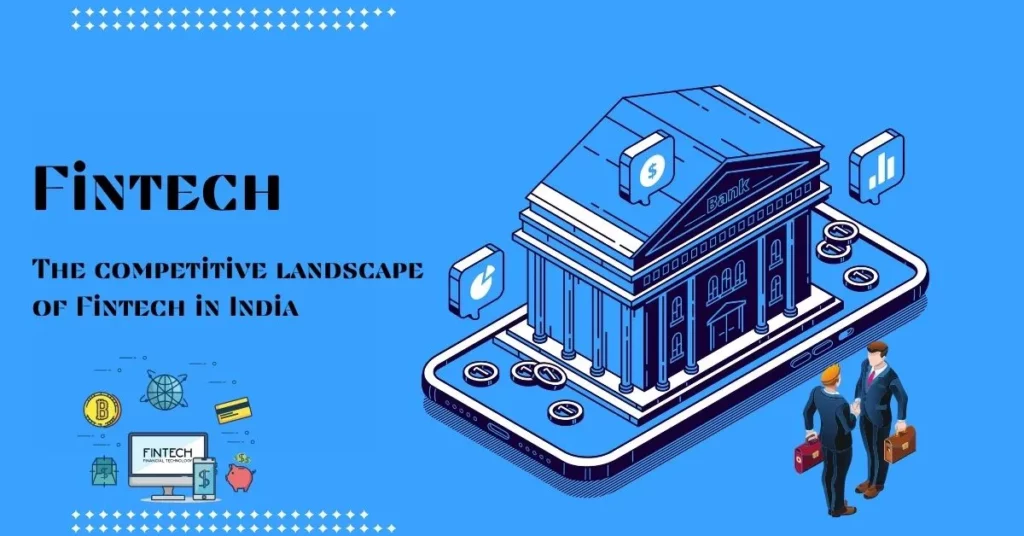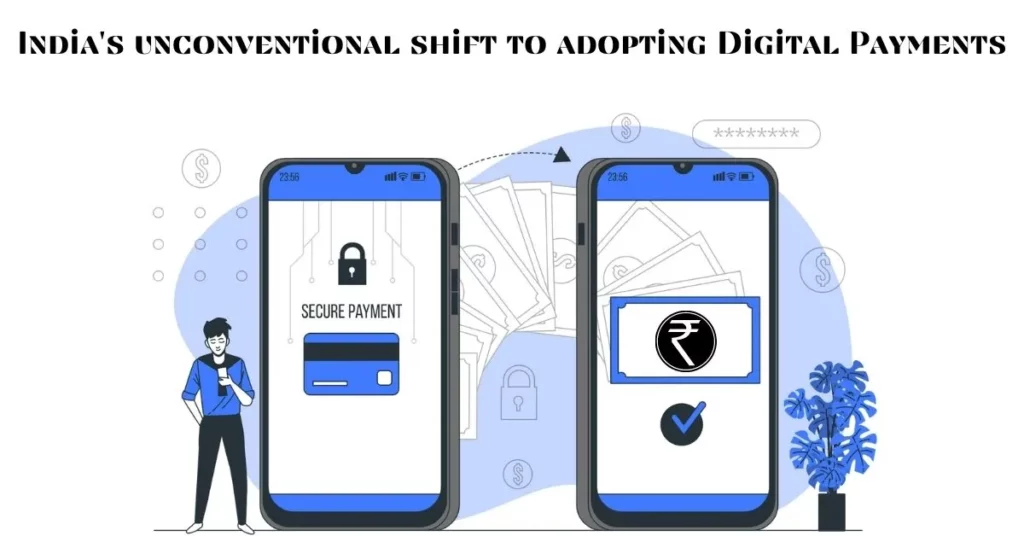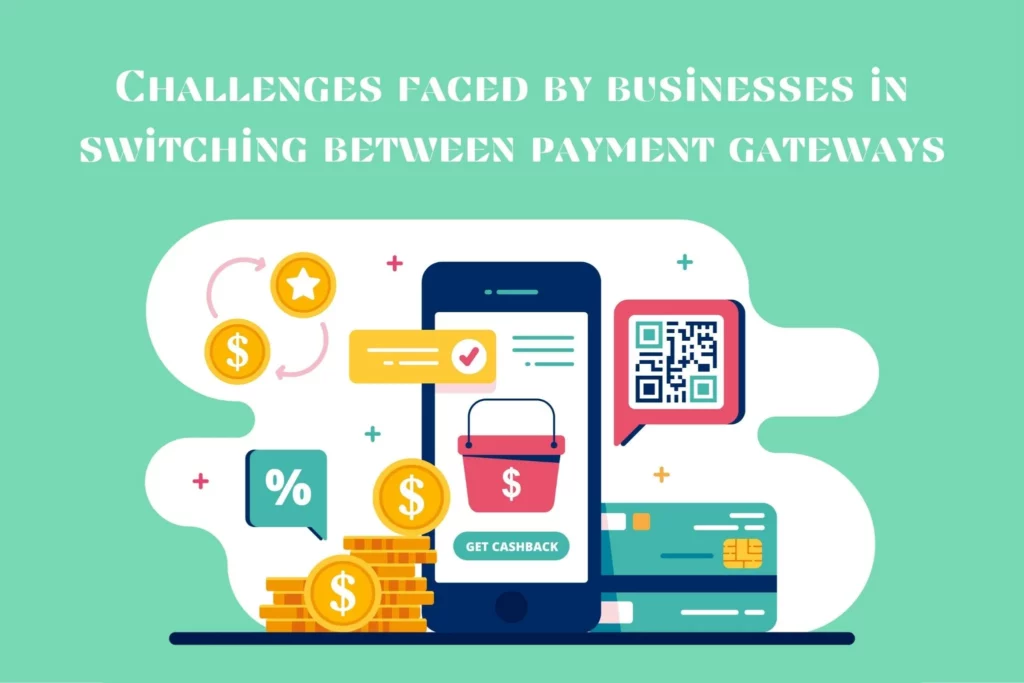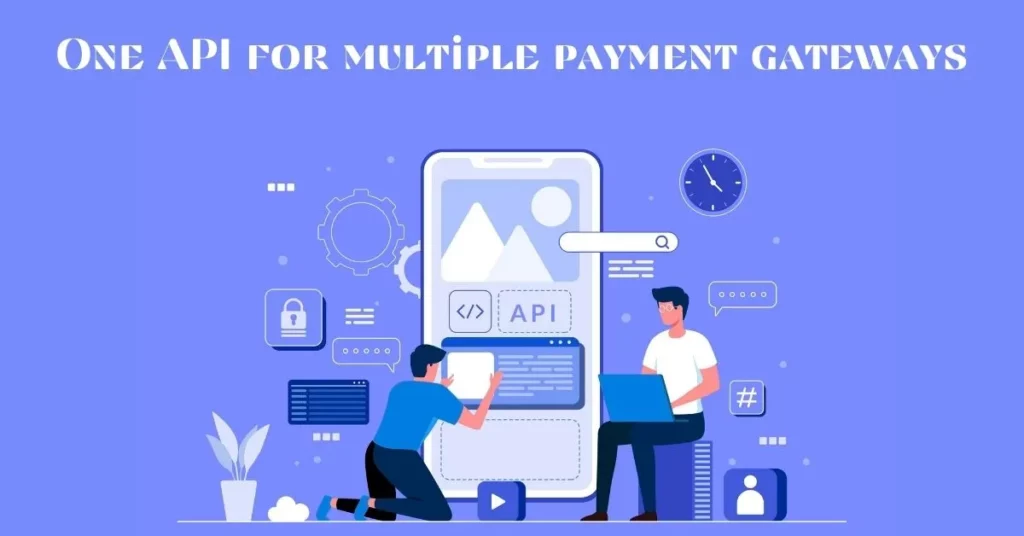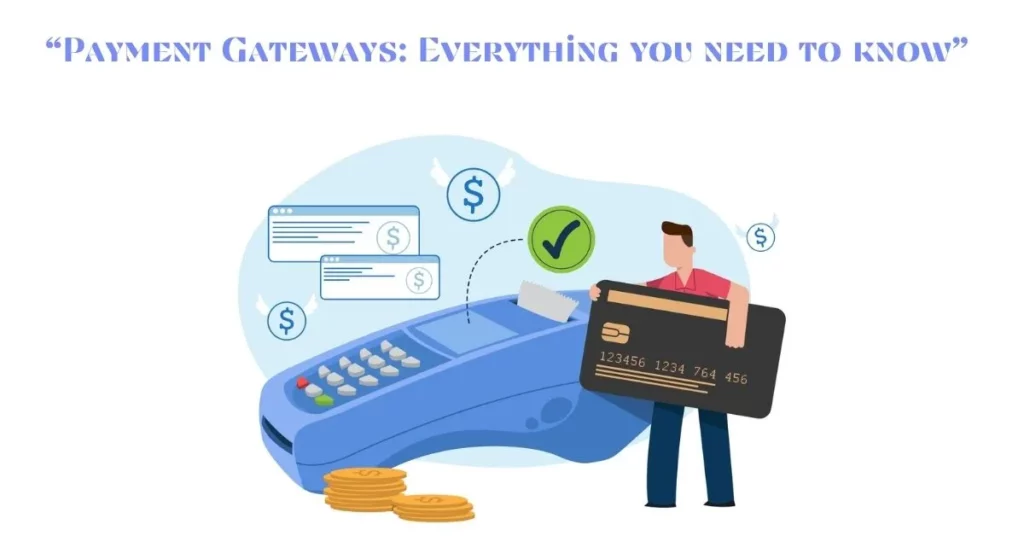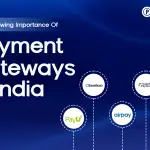Introduction
India’s digital payment landscape has undergone a remarkable transformation over the past decade. Spearheaded by government initiatives, advancements in technology, and a burgeoning fintech ecosystem, the country is rapidly moving towards a cashless economy. This article explores the current trends and innovations in digital payment trends India, highlighting key drivers, emerging technologies, and future prospects.
Key Drivers of Digital Payment Growth
- Government Initiatives:
- Digital India Campaign: Launched in 2015, this initiative aims to enhance digital infrastructure and increase internet penetration across the country.
- Demonetization: The 2016 demonetization of ₹500 and ₹1000 currency notes spurred a significant shift towards digital payments as cash liquidity decreased.
- Unified Payments Interface (UPI): Introduced by the National Payments Corporation of India (NPCI) in 2016, UPI has revolutionized peer-to-peer and merchant payments with its seamless and instant transaction capabilities.
- Increased Smartphone Penetration: The proliferation of affordable smartphones and the availability of low-cost data plans have facilitated access to digital payment trends & platforms, even in rural areas.
- Financial Inclusion: Initiatives like Jan Dhan Yojana have brought millions of unbanked individuals into the formal financial system, providing them with bank accounts and access to digital payment trends & services.
- E-commerce Growth: The rapid expansion of e-commerce has driven the adoption of digital payments, as consumers increasingly prefer online transactions over cash on delivery.
Emerging Trends in Digital Payments
- Contactless Payments: The COVID-19 pandemic has accelerated the adoption of contactless payment methods, including NFC-enabled cards and mobile wallets like Google Pay and Paytm, which offer a hygienic alternative to cash transactions.
- QR Code Payments: QR code-based payments have gained significant traction due to their ease of use and minimal infrastructure requirements. Merchants can accept payments by simply displaying a QR code, which customers scan using their mobile payment apps.
- Buy Now, Pay Later (BNPL): BNPL services, offered by companies like ZestMoney and LazyPay, are becoming popular, allowing consumers to make purchases and pay for them in installments without the need for credit cards.
- Blockchain and Cryptocurrencies: While still in nascent stages, blockchain technology and cryptocurrencies are being explored for their potential to provide secure and transparent payment solutions. Several Indian startups are innovating in this space, despite regulatory uncertainties.
- AI and Machine Learning: Artificial intelligence and machine learning are being leveraged to enhance fraud detection, personalize customer experiences, and optimize payment processes. AI-driven chatbots and virtual assistants are also improving customer service in the payments sector.
Innovations Shaping the Future
- Voice-Activated Payments: With the rise of smart speakers and voice assistants, voice-activated payments are poised to become more prevalent. This technology enables users to make transactions using voice commands, offering convenience and accessibility.
- IoT-Enabled Payments: The Internet of Things (IoT) is set to revolutionize payments by embedding payment capabilities in everyday devices. Smart appliances, wearables, and connected cars could facilitate seamless and automatic transactions.
- Biometric Authentication: To enhance security, biometric authentication methods such as fingerprint scanning, facial recognition, and iris scanning are being integrated into payment systems, reducing the reliance on traditional PINs and passwords.
- Open Banking: Open banking frameworks, which allow third-party developers to build applications and services around financial institutions, are fostering innovation and competition in the payments space. This can lead to more customized and efficient digital payment trends & solutions for consumers and businesses.
- Cross-Border Payments: Innovations in cross-border payment solutions are simplifying international transactions. Blockchain technology and partnerships between fintech companies and traditional financial institutions are reducing costs and improving the speed of cross-border payments.
Challenges and Considerations
Despite the rapid advancements, several challenges remain:
- Cybersecurity Threats: As digital payments grow, so does the risk of cyberattacks. Ensuring robust security measures to protect user data and transactions is paramount.
- Regulatory Hurdles: Navigating the complex regulatory landscape and ensuring compliance with evolving laws and guidelines can be challenging for fintech companies.
- Digital Literacy: Increasing digital literacy, particularly in rural areas, is essential to ensure widespread adoption and effective use of digital payment trends & platforms.
- Infrastructure Development: Continued investment in digital infrastructure, including internet connectivity and payment gateways, is crucial to support the growing demand for digital payments.
How UPI is Revolutionizing Digital Payments in India
UPI Full Form: Understanding Unified Payments Interface
The term UPI full form stands for Unified Payments Interface, a revolutionary payment system developed by the National Payments Corporation of India (NPCI) to facilitate seamless and instant transactions between banks in India. UPI payments have gained tremendous popularity due to their simplicity, speed, and security, enabling users to transfer money directly from their bank accounts using just a mobile device. With UPI, users can make payments, receive funds, and even pay bills without the need for additional bank details, making it one of the most convenient and widely used digital payment methods in India today. As businesses continue to adopt this technology, platforms like Payomatix are leveraging UPI to provide a frictionless payment experience for both merchants and consumers.
Unified Payments Interface (UPI) has emerged as a game-changer in the digital payment landscape of India, redefining how money is transferred and transactions are conducted. Launched in 2016 by the National Payments Corporation of India (NPCI), UPI has rapidly gained traction due to its simplicity, speed, and interoperability, making it the preferred choice for millions of Indians for their daily transactions. Here’s how UPI is reshaping digital payments in India:
1. Ease of Use and Accessibility
UPI offers a user-friendly interface that allows anyone with a smartphone and a bank account to make instant payments. Users only need to link their bank accounts to a UPI app and generate a UPI ID. With its single-click two-factor authentication, UPI eliminates the need for remembering multiple bank details, simplifying the payment process. This has made digital payments accessible to a broader audience, including those who were previously unbanked or underbanked.
2. Seamless and Instant Transactions
One of the key reasons for UPI’s success is its ability to facilitate real-time transactions 24/7. Unlike traditional bank transfers, which can take hours or even days, UPI transactions are processed instantly, enhancing the speed and efficiency of money transfers. Whether it’s peer-to-peer transfers, bill payments, or online shopping, UPI enables seamless payments with just a few taps on a mobile device.
3. Promoting Financial Inclusion
UPI has played a significant role in promoting financial inclusion in India. By bringing digital payment services to the fingertips of millions, UPI has empowered small businesses, street vendors, and rural populations to accept digital payments. This shift has led to greater participation in the formal economy and has opened new avenues for economic growth.
4. Cost-Effectiveness
UPI is highly cost-effective, both for users and merchants. Unlike other payment systems that may charge fees for transactions, UPI remains largely free of charge, which has encouraged widespread adoption among users and businesses alike. Additionally, UPI’s open-source platform allows multiple banks and financial institutions to participate, driving competition and innovation.
5. Security and Trust
UPI incorporates robust security features such as end-to-end encryption and two-factor authentication to protect users’ financial data. These measures have built trust among users, making UPI one of the most secure digital payment methods in the country. Moreover, the introduction of UPI AutoPay for recurring payments and UPI Lite for small transactions further enhances its usability and security.
6. Integration with Other Payment Platforms
UPI’s open architecture allows seamless integration with various payment platforms, including mobile wallets, online shopping websites, and even social media apps. This interoperability has created a unified ecosystem where users can perform a wide range of transactions using a single interface, contributing to UPI’s rapid growth and popularity.
7. Boosting the Digital Economy
By encouraging digital transactions, UPI has significantly contributed to the growth of India’s digital economy. It has reduced the dependence on cash, increased transparency in financial transactions, and boosted government efforts toward a less-cash economy. The increased adoption of UPI is also fostering innovation in fintech, leading to new financial products and services tailored to diverse customer needs.
8. Encouraging Innovation in Fintech
The success of UPI has catalyzed a wave of innovation in the fintech sector. Numerous startups and established financial institutions are building innovative solutions on top of the UPI infrastructure, such as payment gateways, merchant apps, and digital lending platforms. This has created a dynamic ecosystem that continues to evolve, offering more choices and better services to consumers and businesses.
UPI is not just changing the way digital payments are made in India but is also setting a global example of how a unified payment system can transform a nation’s financial landscape. As UPI continues to evolve, its impact on the Indian economy is expected to grow, further driving digital adoption, financial inclusion, and innovation in the payments industry. Platforms like Payomatix are leveraging UPI to offer their customers a smooth, secure, and efficient payment experience, aligning with the future of digital payments in India.
By making payments easy, secure, and accessible to all, UPI is truly revolutionizing the way India transacts.
How to Address and Resolve UPI Complaints Effectively
Encountering a problem during a UPI transaction can be frustrating, but understanding how to handle a UPI complaint can make the process smoother. UPI, or Unified Payments Interface, allows for quick and easy money transfers, but occasionally, users might face issues such as failed transactions, unauthorized debits, or delayed credits. To resolve a UPI complaint, users should first contact their bank’s customer support team through the official app or helpline. If the issue persists, filing a grievance through the National Payments Corporation of India (NPCI) or the Reserve Bank of India’s (RBI) Digital Transactions Ombudsman can provide a higher level of redressal. Payomatix, as a payment gateway provider, ensures a seamless UPI experience by offering prompt support and guidance in resolving any UPI-related complaints to maintain customer trust and satisfaction.
Conclusion
The digital payment ecosystem in India is evolving at a rapid pace, driven by technological innovations, government initiatives, and changing consumer preferences. As the country moves towards a cashless economy, the focus will be on enhancing security, fostering innovation, and ensuring financial inclusion. With the continued collaboration between the government, financial institutions, and fintech companies, India is well-positioned to lead the global digital payment trends revolution.





